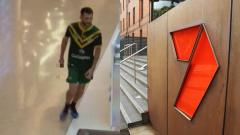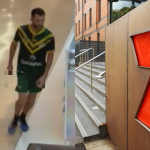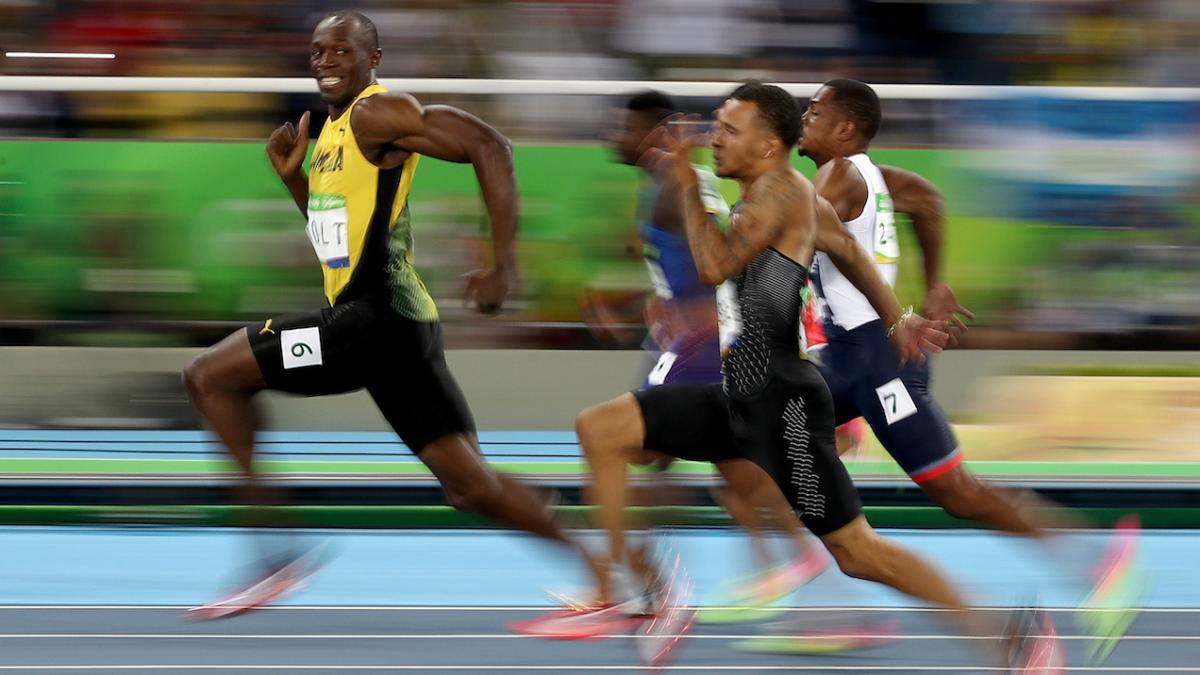
As someone who’s never really concerned himself with the intricacies of photography, it can be easy to underestimate the technical ability and prowess that goes into a truly magnificent photo. It’s easy to identify a great shot, but incredibly hard to recreate one.
I spoke with Getty Images Chief Photographer, Cameron Spencer, recently about his amazing career and one of the incredible shots he’s well-known for snapping. Of course, I’m referring to the absolutely wild shot of Usain Bolt above.
“Usain Bolt is an entertainer who surprises me every time he goes on the track,” Cam told PEDESTRIAN.TV. “I’ve been shooting him for three Olympics and two World Championships, and every time he simply loves entertaining the crowd. When shooting the world’s fastest man, though, you always need to be on your toes and ready.”
But it’s not a shot your average photographer could likely pull off, it takes years of practice not just with a camera in your hands, but actually knowing the sport or event you’re shooting down to the individual athletes.
“When he flew past me here, with perfect technique and his huge stride, he looked back and smiled; I only had a moment to capture this epic Olympic moment, but I was in the right place, ready,” he said.
“I decided to take a risk and shoot a pan at a slow shutter speed, knowing he would coast past his competitors around the 70m mark. He makes it look easy, almost playing with his competitors. Bolt is so confident and such an elite athlete – shooting him is an amazing experience.”
If you consider yourself a budding camera jockey, Cam was kind enough to share a bunch of tips with us that might just help you out on your own photographic journey. You can check them out below.
Warm up and look at the light
Don’t wait until an event starts to begin shooting. Get out early and shoot the warmups. You need to get used to photographing the action. I may shoot several thousand pictures at an event, it’s good to work out your colour balance, the position to shoot from then establish the right exposure. Look at the sun, the shadows, where is the light best and are there any pockets of light that would make an interesting photograph.
It takes time to get into the rhythm of a sport, and for each sport it’s different. So I say, shoot warmups, and warm yourself up along with the athletes, then use light in an artistic way. Think about overexposing, under exposing, shooting a silhouette or rim lighting the subject, all these techniques will create a more unique and aesthetic result.
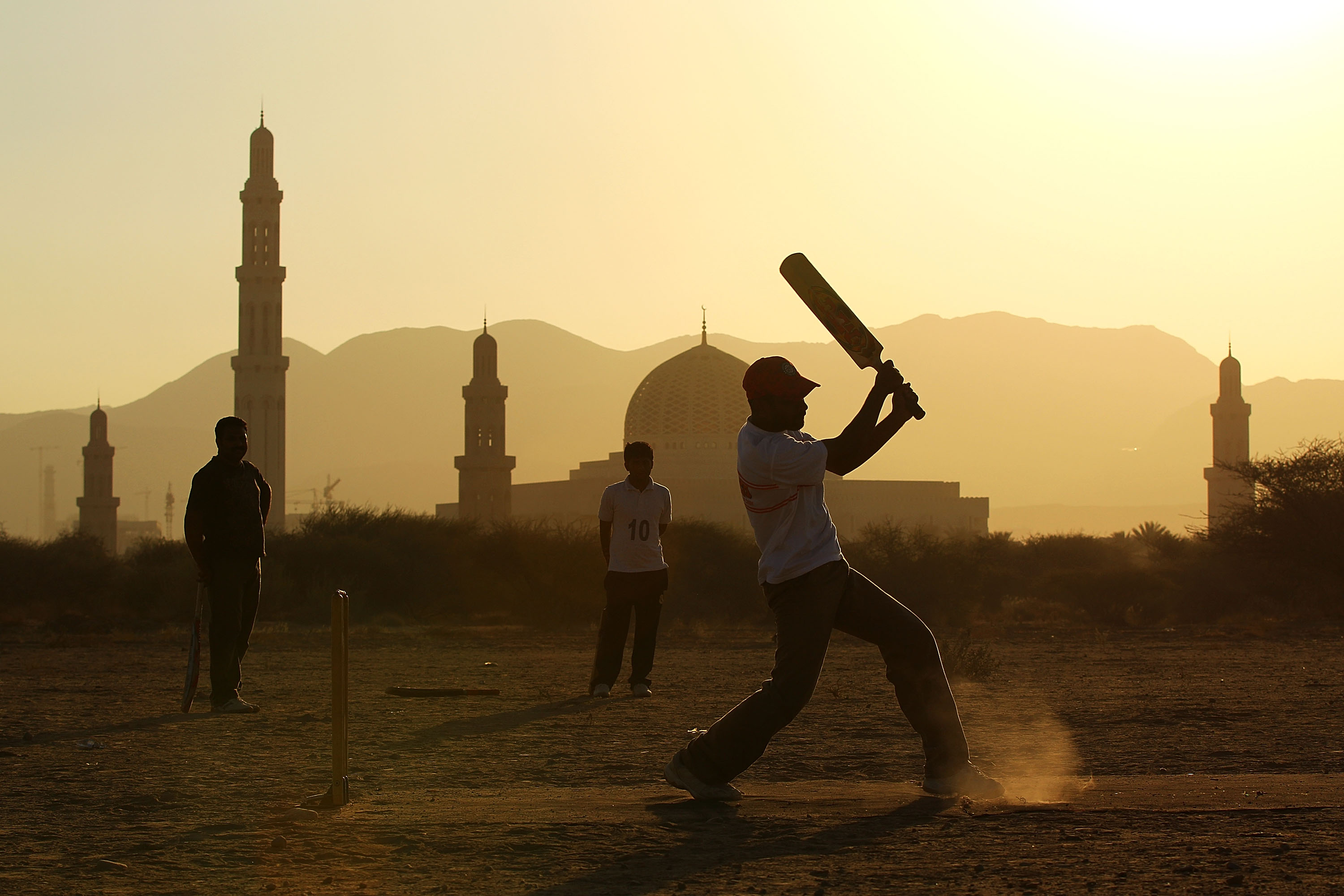
Freeze the action
Regardless of the sport you photograph, you always want to be able to freeze the action and this requires a fast shutter speed.
Ensure your camera is set to a shutter speed minimum of 1/1000th of a second and use high-speed continuous shooting mode to enable you to shoot a sequence and then select the best shot out of the series. This way you can shoot multiple shot bursts by holding down the shutter button. AF mode for action sports to AI Servo, this allows you to continually track your subject.
Slow down
The slower the shutter speed and busier the background, the better a pan will look. However, the slower you go, the less likely you will get the subject sharp.
Make sure you stand as still as possible and follow through with the subject while opening the shutter. Keep moving until after you hear the shutter close, and make that movement as smooth as possible. Don’t get frustrated if your subject is blurred, because panning isn’t as easy as it may look. It’s a skill that takes time and practice to master. Try shooting at a speed such as 1/250thand work down to a slower speed such as 1/25th.
Perseverance
You really need to understand the sport and the tendencies of the teams and players you are covering and also how those tendencies can help you to anticipate what might happen next in a game. This comes with a lot of trial and error, a lot of research and a lot of patience. Eventually, you can make your own luck and predict what is going to happen next.
You have to hang in there until the picture you see in your head is framed in the viewfinder. If you understand the rules of a sport, it helps too. If a referee signals a penalty in rugby, I’m already running to the other end of the field ahead of the play preparing for the next shot. If I turned up at an NFL match I would not know where to start as I’m not familiar with all the intricacies of the sport.
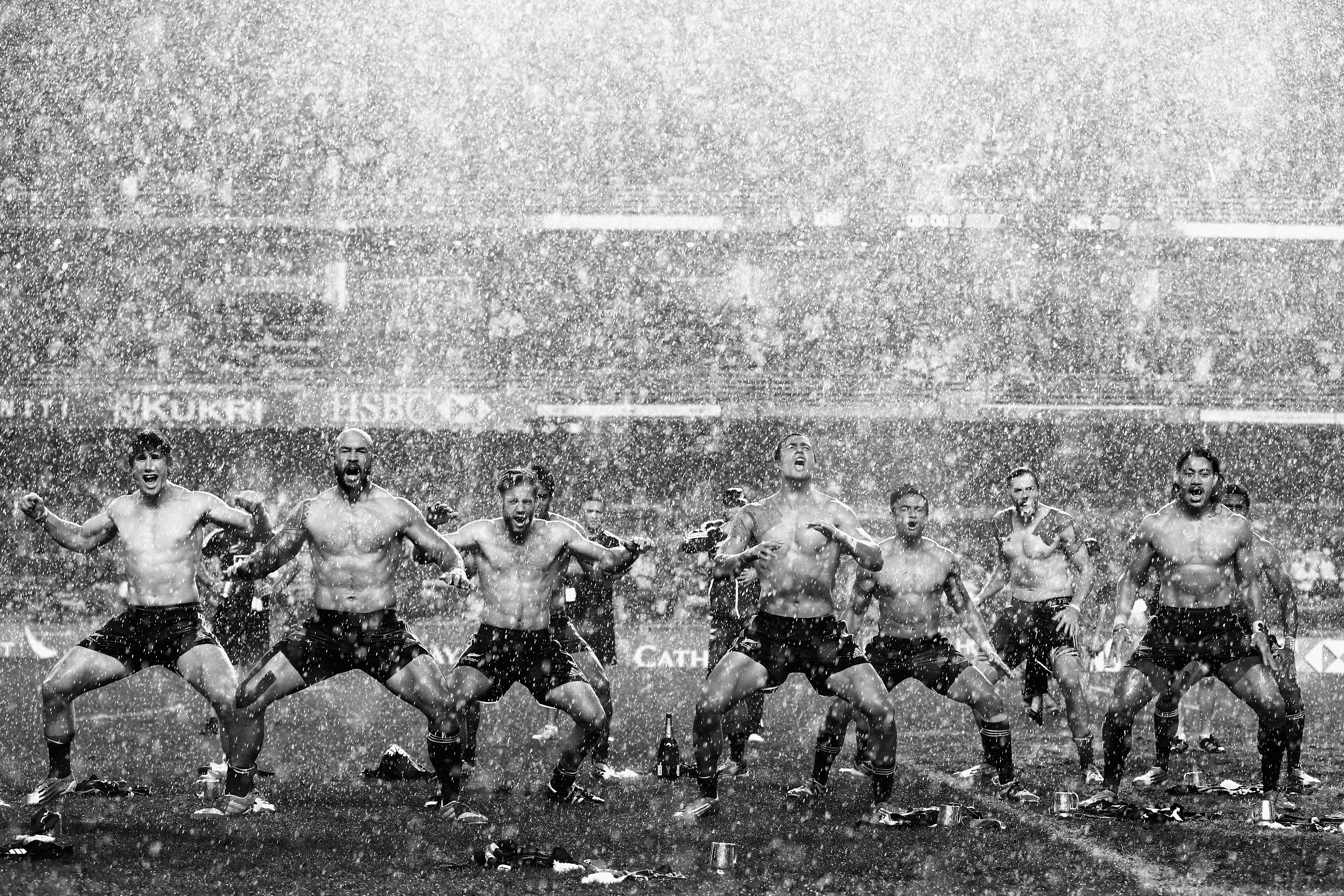
Tell a story
Everyone’s eyes will be on the action, but sporting events consist of more than the athletes competing. Emotion is a huge part of sport and capturing celebration and dejection makes for strong imagery. The highs and lows of sport often result in breathtaking jubilation shots with athletes screaming or crying.
Going to a game is an experience: the crowd, the volunteers, the backdrop, the atmosphere captured inside shots showing the whole stadium – all of this helps to tell your story. Sometimes my best shots are of the crowd reacting and cheering.
Expect the unexpected
Sporting events can be a condensed version of life, filled with high and low emotions; all within one match. You always need to be prepared for something new and something fresh, you can often sense momentum building in a match and when a big moment is about to unfold.
Even though photography is such a visual medium, you can use your ears to listen to the spectators, often when a crowd goes quiet and you could hear a pin drop its because something magical is about to happen. You want to be in the best position with the right lens and settings prepared for that next big moment that doesn’t come along that often.
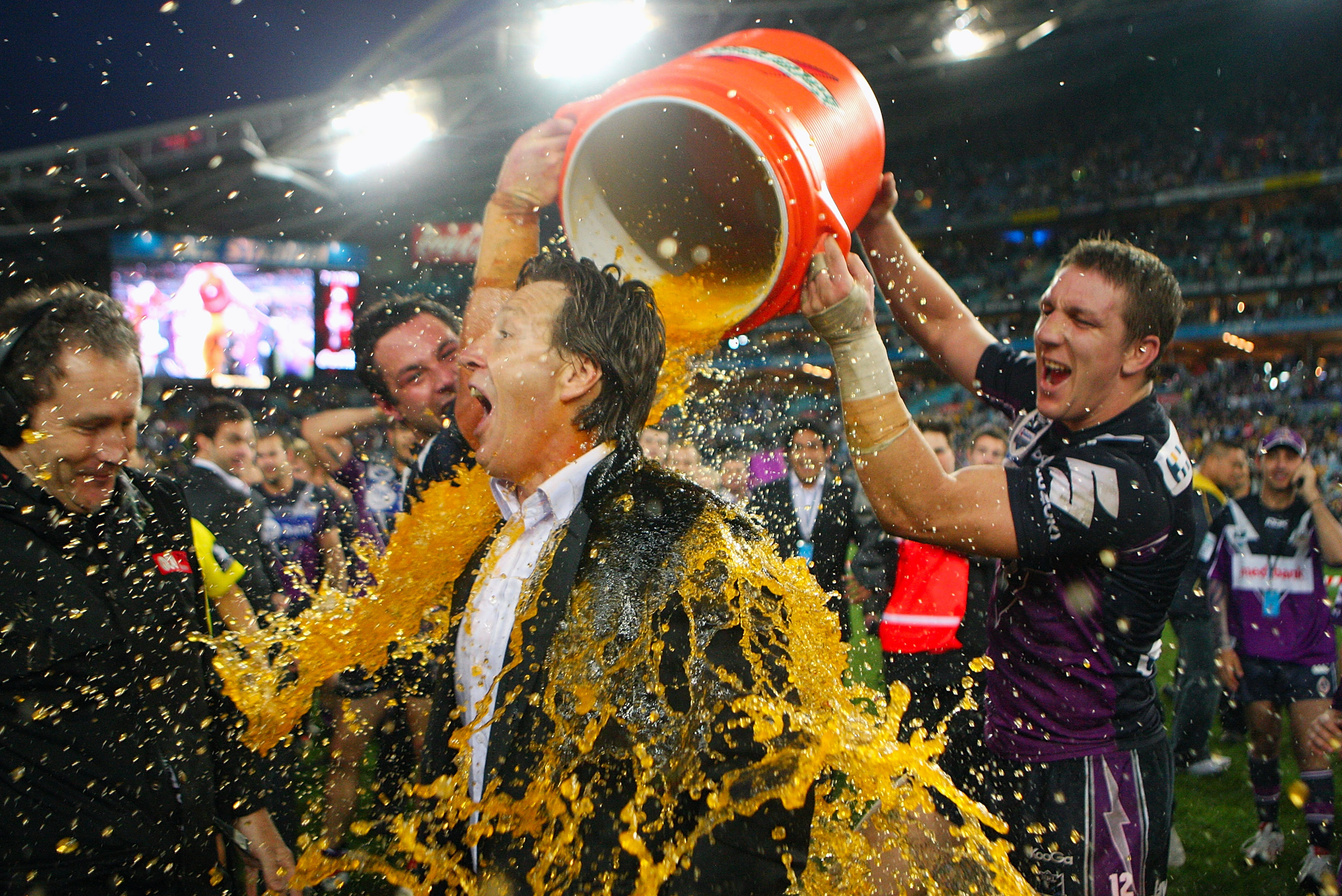
Backgrounds
My most important tip, a messy or poor background can ruin any pictures. My workflow always revolves around assessing the venue or location and finding the best possible background for my subject.
In a stadium I try to avoid staircases, tunnels, security guards or empty seats. At a local field, avoid bins, parked cars or toilet blocks. A clean background can really separate the subject and make it stand out without any distractions, it also makes an image far more interesting if it adds to the picture, such as a mountain range behind a golfer is more interesting than green grass.
Photography is an art and like all art, it can take time to master, but if it’s something you’re passionate about, spending time on your craft certainly won’t feel like a waste of time in the slightest. Keep at it, legends.

